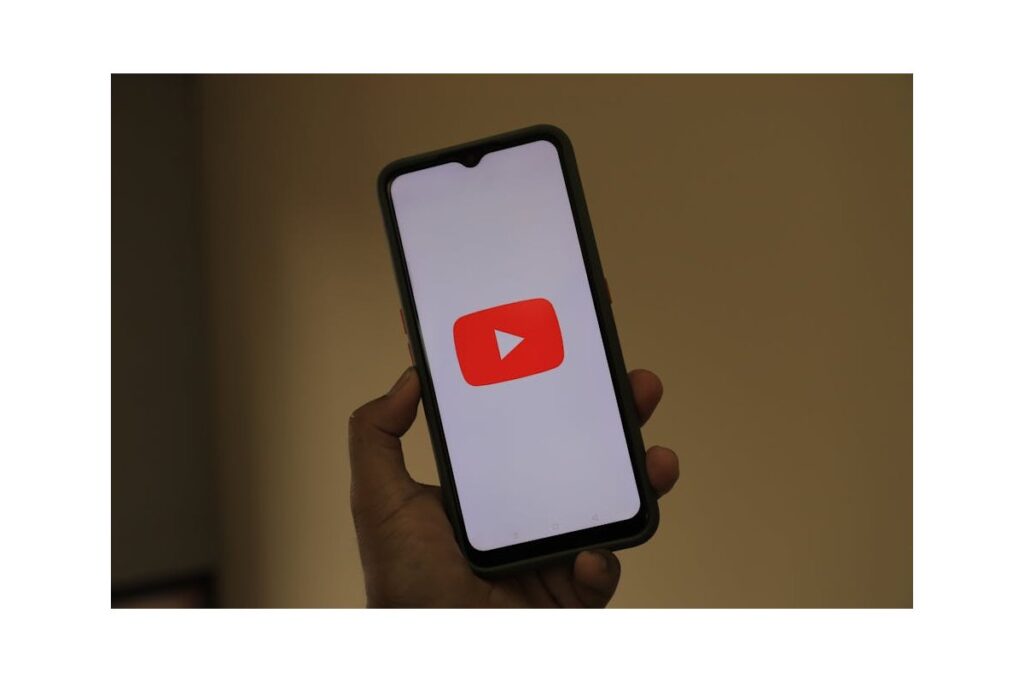Remember when sharing music meant burning CDs for friends or making mixtapes? Today’s generation has a better solution, and it’s not coming from the tech giants you’d expect.
A new app called Airbuds is quietly transforming how young people connect through music. While Apple and Spotify have struggled for years to create social features that actually stick, this startup has cracked the code.
Here’s what you need to know:
- Airbuds just raised $5 million from Reddit co-founder’s venture firm
- The app works with your existing streaming services like Spotify and Apple Music
- Over 15 million downloads with 5 million monthly active users
- 96% positive ratings from nearly 10,000 user reviews
The Social Gap in Music Streaming
Major music platforms have been trying to solve social connection for over a decade. Apple’s Ping social network launched and failed in the early 2010s. Their follow-up attempt, Connect, also disappeared quietly.
Spotify has been more persistent with their social features. They’ve added TikTok-style feeds, comments, collaborative playlists, and even messaging. But here’s the thing: these feel like add-ons rather than core experiences.
What’s interesting is that both companies understand the value of social connection. They just can’t seem to build it in a way that feels natural to users. The reality turns out to be that social features work best when they’re the main event, not an afterthought.
How Airbuds Actually Works
Airbuds takes a completely different approach. Instead of trying to force social features into a music player, it builds music sharing into a social experience.
The app uses smartphone widgets that show what you’re listening to in real-time. Friends can see your current track, react to it, or even join your listening session. It’s like having a constant, low-pressure music conversation with your closest friends.
Here’s what makes it different: Airbuds doesn’t care which streaming service you use. It works across Apple Music, Spotify, and other platforms. This interoperability is crucial because friend groups often use different services.
The app also focuses on small, intimate social circles rather than massive networks. You’re sharing with real friends, not thousands of followers. This creates a more authentic experience that doesn’t feel performative.
Why This Matters for the Future
Airbuds represents a broader shift in how we think about social apps. The era of giant, all-purpose social networks might be giving way to more focused, interest-based communities.
Younger users particularly value authenticity over scale. They’d rather have genuine connections with a few close friends than superficial interactions with thousands of followers. Airbuds taps directly into this preference.
The timing is also perfect. After years of pandemic isolation, people crave new ways to feel connected through shared experiences. Music provides the perfect common ground for this reconnection.
What’s fascinating is that the solution wasn’t more features or better algorithms. It was simply understanding how people actually want to share music: casually, authentically, and within their existing friend groups.
The Bottom Line for Music Lovers
If you’ve ever wished you could easily share what you’re listening with friends without switching apps or taking screenshots, Airbuds might be your solution. It’s free to use and works with your existing subscriptions.
The app demonstrates that sometimes the best innovations come from focusing on one thing and doing it exceptionally well. While music giants were trying to be everything to everyone, Airbuds focused on solving one specific problem beautifully.
The bottom line:
Airbuds succeeds by understanding that music sharing should feel like passing headphones to a friend, not broadcasting to a stadium. It’s a lesson in building what people actually want rather than what companies think they should want.
As social media continues evolving toward more intimate experiences, watch for other apps to follow this focused approach. Sometimes the biggest opportunities lie in solving simple problems that giants have overlooked.



